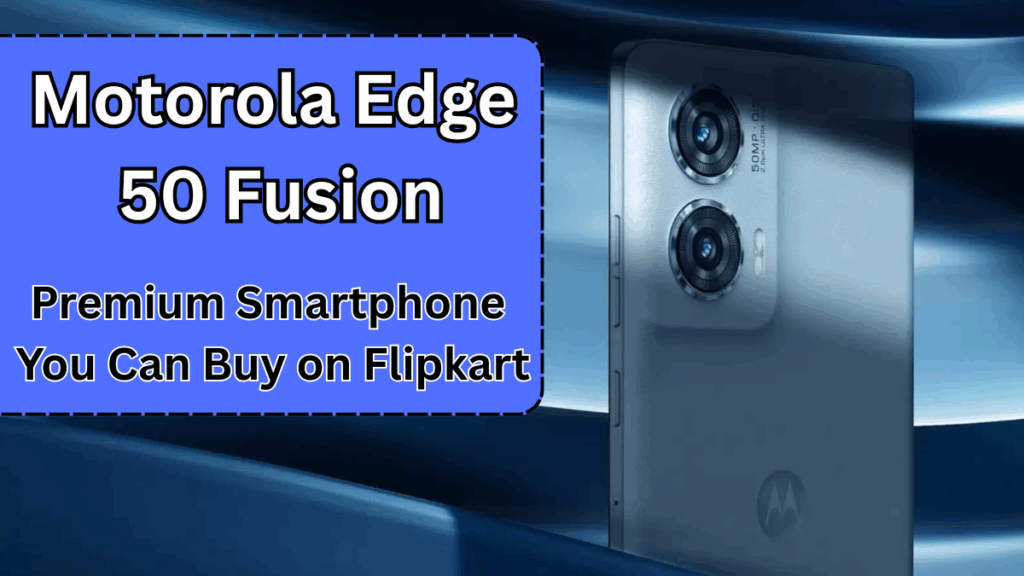In 2025, electric SUVs like the Hyundai Creta EV and Tata Nexon EV are redefining urban and highway mobility in India. While both vehicles present sustainable alternatives to traditional petrol and diesel SUVs, their real-world usability hinges heavily on battery range and charging convenience. This article offers a detailed comparison of the EV range and charging capabilities of the Hyundai Creta EV and Tata Nexon EV, guiding prospective buyers on which model best suits their lifestyle and driving needs.

Table of Contents
Driving Range Comparison

-
Hyundai Creta EV: Equipped with a larger battery pack, the Creta EV boasts an estimated driving range of approximately 450 km on a full charge under ideal conditions. This extended range makes it suitable for longer trips and reduces range anxiety for frequent travelers.
-
Tata Nexon EV: The Nexon EV offers a respectable real-world range of around 312-350 km depending on the variant and riding conditions. It is ideal for city commutes and moderate intercity travel.
The Creta EV’s higher range advantage gives it an edge for users who prioritize distance coverage without frequent recharging stops.
Battery Capacity and Technology
-
Hyundai Creta EV: Features a 72.8 kWh lithium-ion battery pack with advanced thermal management, enhancing battery life and performance even in diverse climate conditions.
-
Tata Nexon EV: Comes with a smaller 30.2 kWh (standard variant) or 40.5 kWh (Max variant) lithium-ion battery pack, balancing cost with decent range and durability.
The larger battery in the Creta EV supports its longer range and faster charging potential.
Charging Convenience and Speed
-
Hyundai Creta EV: Supports fast DC charging with the capability to charge from 10% to 80% in approximately 40 minutes using compatible chargers. It also supports home AC charging for overnight replenishment.
-
Tata Nexon EV: Offers fast charging for the Max variant, taking about 60 minutes to reach 80% charge, while the standard variant supports slower charging. Home charging options are available for both variants.
Faster charging times on the Creta EV reduce downtime, benefiting users with busy schedules.
Infrastructure and Compatibility
Both Hyundai and Tata are actively expanding their charging networks and partnering with public charging providers across India. The availability of fast chargers compatible with these models varies by region, making local infrastructure a key factor in ownership convenience.
Real-World Usage Considerations
-
Hyundai Creta EV is better suited for users requiring longer daily driving distances or frequent highway travel.
-
Tata Nexon EV appeals to urban drivers with shorter daily commutes and access to home charging.
-
Charging times and range can vary due to driving habits, terrain, temperature, and use of vehicle features like AC and infotainment.
Conclusion
While the Hyundai Creta EV offers superior range and faster charging capabilities, the Tata Nexon EV provides a practical and cost-effective solution for most urban and suburban users. Buyers should assess their daily travel requirements, charging access, and budget before making a choice between these two leading electric SUVs.
FAQs
Which EV offers better driving range?
Hyundai Creta EV with approximately 450 km range outperforms Tata Nexon EV’s 312-350 km range.
How long does it take to fast charge each vehicle?
Creta EV charges to 80% in about 40 minutes; Nexon EV Max variant takes roughly 60 minutes.
Can both vehicles be charged at home?
Yes, both support home AC charging options.
Does driving range vary with conditions?
Yes, factors like terrain, speed, and temperature affect range.
Which EV is better for highway travel?
Hyundai Creta EV is more suitable due to its longer range and faster charging.






